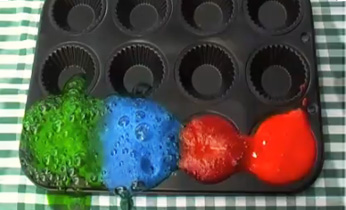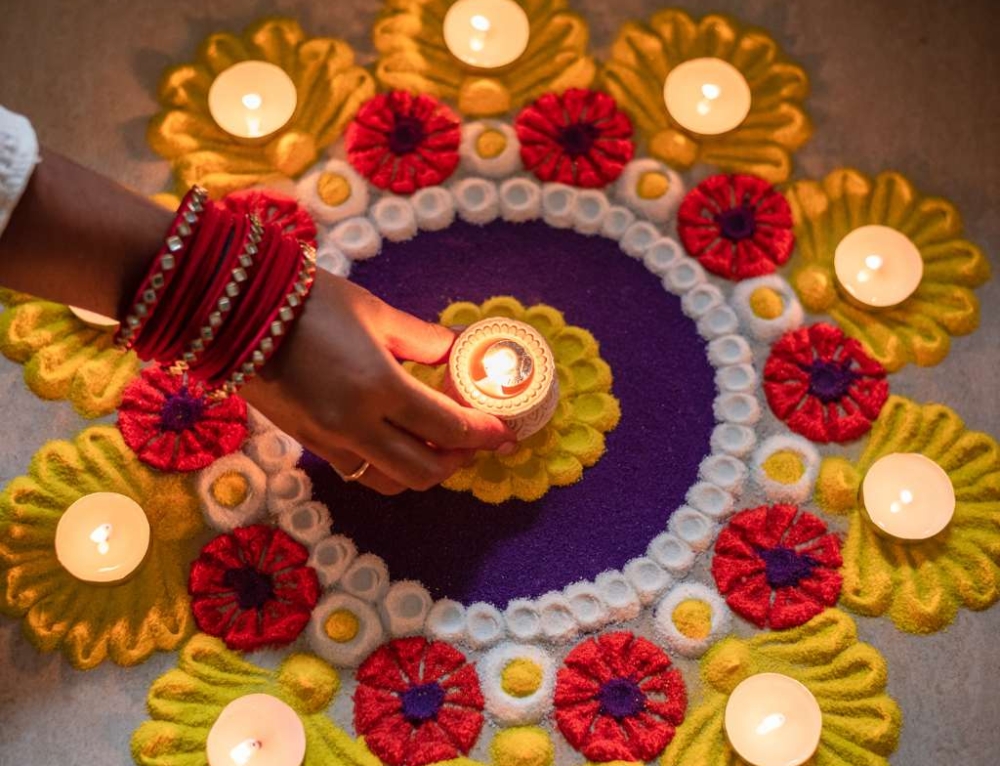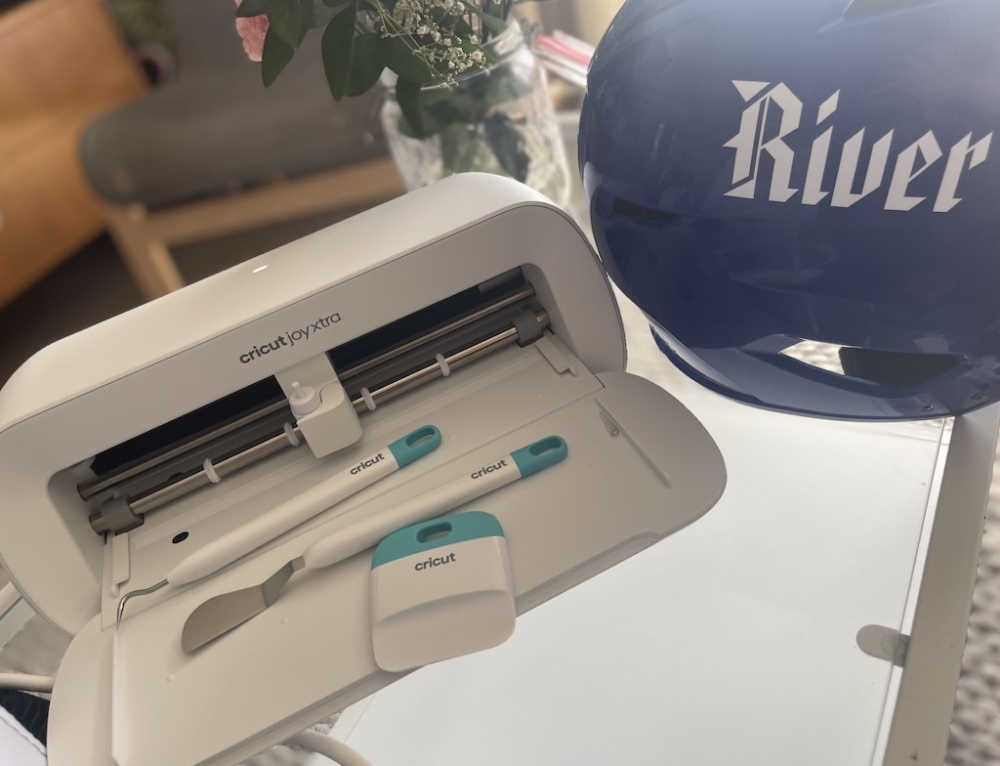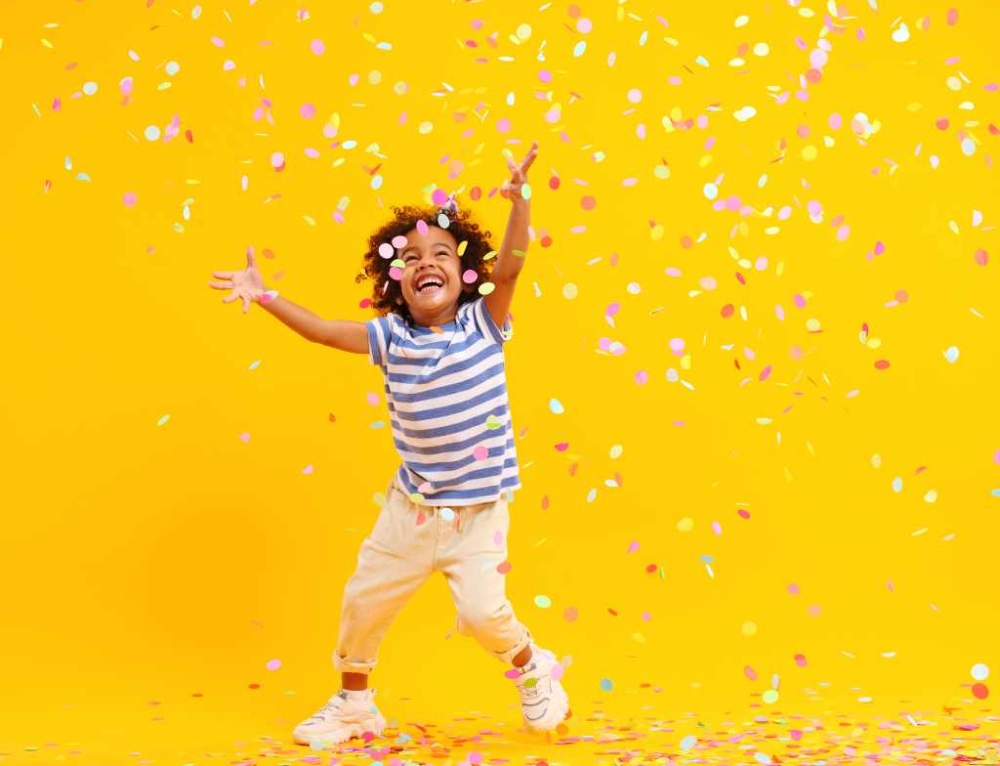Easy bubbly colours experiment
This simple kitchen science experiment is a fun learning activity. Combining vinegar and bicarb makes all sorts of oozing bubbling reactions. Add some colours and you've got one cool science experiment! Watch the video tutorial to show you how to create it.
What you need:
- 4 large tablespoons of bicarb soda (or baking powder)
- 1 cup white vinegar
- 4 different food colourings ('natural' ones are not concentrated enough so stick to the evil chemical version)
- Muffin tin
- Teaspoon
- An outside table (or an inside table with lots of newspaper laid down to catch the mess.)
Number of players:
1+
Activity:
Watch the below video to see how to do this bubbly colours experiment.
Ideally, set this experiment up outside, because to make it work properly it has to get a bit messy and bubble over.
Depending on how many colours you have, use a different muffin cup for each colour.
We used four colours.
So start by half-filling each muffin cup (in our case four muffin cups in total) with vinegar.
Now put one drop of each colour into a different cup of the muffin tin.
Now plonk one heaped teaspoon of bicarb into each cup and watch the colours fizz!
Why is it so?
The acetic acid in the vinegar reacts with the sodium bicarbonate to form carbonic acid.
The carbonic acid is unstable and immediately falls apart into two components of carbon dioxide and water. The carbon dioxide escapes the water as gas. It bubbles up and then, because it's heavier than air, it sort of falls down again, flowing like water over the edges of your muffin tin.







Leave A Comment
You must be logged in to post a comment.